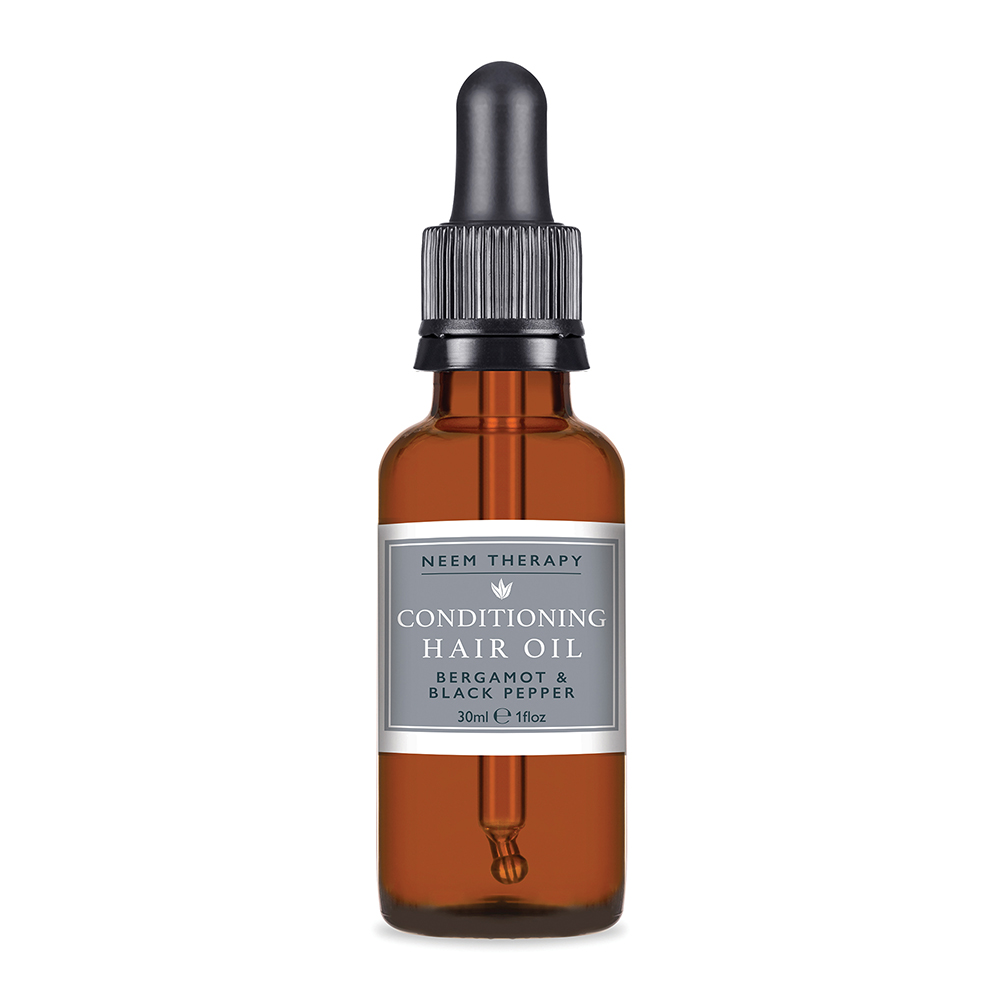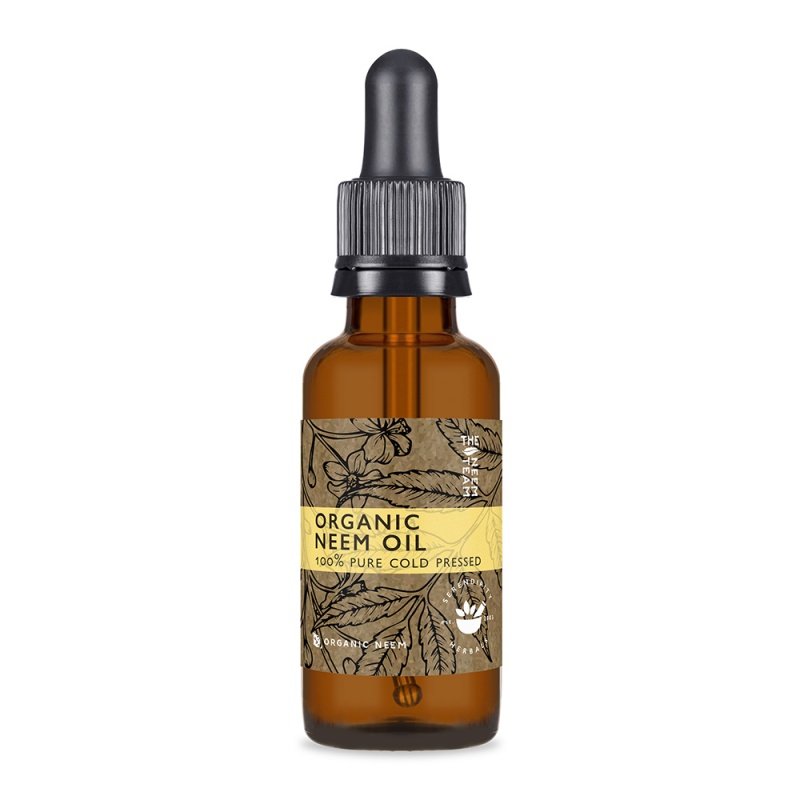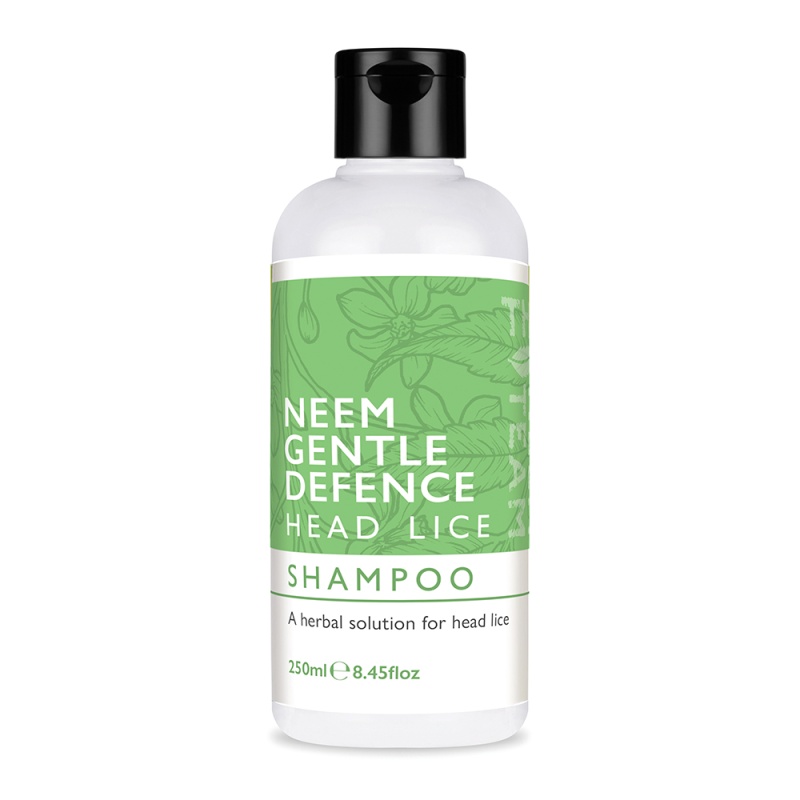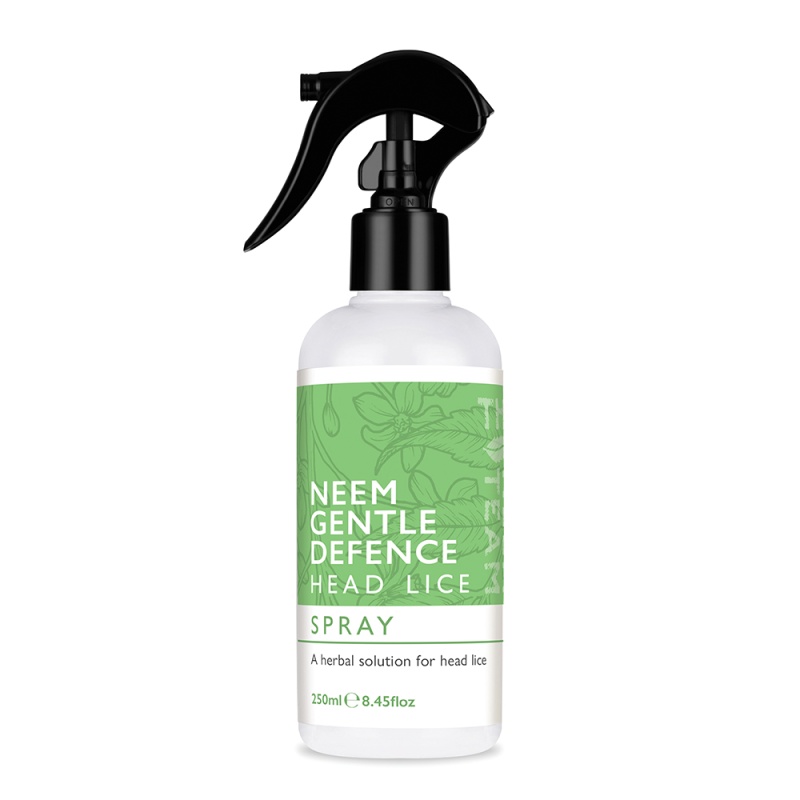Natural headlice treatment
All the children are back at school and that means the threat of headlice will be with us for the next few months. Neem oil, with its insecticidal and antiparasitic effects, is an effective and safe alternative to chemical-laden treatments.
Neem Oil for Head Lice: A natural remedy from India
Twenty years ago, The Neem Team was born from a head lice outbreak that was so bad, it caused repeated re-infestations. With young children, all with long thick hair, the situation quickly became a nit nightmare! After trying and failing to get on top of the situation, the search turned to finding natural headlice treatments, as the only conventional treatments at the time were far too toxic for children. We became aware of Neem oil as a gentle, ayurvedic headlice solution safe even for babies and toddlers. We found that Neem oil combined with a gentle shampoo makes for the best headlice shampoo, and can also be used in conditioners to prevent headlice outbreaks.
How does it work?
Neem works by interrupting the insect life-cycle and by coating the lice, trapping and suffocating them. It also contains an insect-repellent ingredient, azadirachtin, which can help prevent further infestations, and the oil soothes the scalp, reducing itch and discomfort.
In our in-depth article we look at headlice prevention tips, how to check for head lice at home and give recipes for head lice home remedies that actually work! See below...
How do headlice spread? And why are they so difficult to get rid of?
Every September parents will anxiously watch their children as they return from school, for signs of headlice. Every itch induced scratch results in a scramble through drawers for the nit comb and the weekly wet combing ritual begins. It can be frustrating and challenging to deal with headlice, luckily neem oil is a natural and effective treatment, interrupting the headlice lifecycle and nourishing for the hair and skin.
Pediculosis capitis or headlice have been causing grief to human since ancient times- as evidenced by the discovery of a headlice egg (nit) on a 10,000-year old human hair. Astonishingly, the oldest readable writing in the world to date – the earliest sentence in the alphabet according to the archeologists who found the writing on a comb in Tel Lachish in southern Israel – says ‘May this (comb) root out lice of hair and beard’ referring without a doubt to ancient relatives of our headlice.
Headlice are no respecters of social status, and are found on the hair of rich and poor, despite the stigma associated with infestation. In some countries it is more common to find headlice on women and girls, perhaps due to their longer hair or closer contact.
In the UK there a high incidence of headlice of 37.4% has been reported in some areas- meaning that over 1/3rd of people will catch headlice per year, and children and people in cramped housing conditions are more at risk.
Headlice have no wings, and are spread by close person to person contact. Although most often they are spread via head-to-head contact while playing, they can also be passed on via headwear and sharing brushes.
Adult headlice lay eggs (nits) on hairs at scalp level, which then hatch into intermediate stage nymphs in about a week. These then become adults and the cycle repeats. Lice eggs are very resistant, so any treatment needs to be repeated at weekly intervals.
What to do?
Wet combing:
- Wash the hair with a shampoo
- Apply ample conditioner (to which a tablespoon of neem oil has been added)
- Straighten and detangle the wet hair using a wide toothed comb
- Once the comb moves through the hair without dragging, change to a head lice fine-toothed ‘nit’ comb.
- Slot the teeth of the comb into the hair at the roots, with the beveled edge lightly touching the scalp and draw the comb down to the end of the hair with each stroke
- Check the comb for lice with every stroke. headlice are small (1-3mm, thin, greyish insects. Remove them by wiping or rinsing the comb.
- Work through the hair section by section, paying particular attention to the hair at the back of the head.
- Rinse out the conditioner.
- This should take anything from 10 minutes (short hair) to 30 minutes (long hair).
After wet-combing, try one of the treatments below. Always patch test 24h beforehand to check for individual sensitivity.
- Recipe 1 Neem and conditioner: Mix 4-5 drops pure neem oil in a palmful of conditioner and apply to hair overnight.
- Recipe 2 Neem and Coconut Oil: Mix equal quantities of neem oil and coconut oil. Apply to scalp and hair, wrap in a towel and leave for 2-3 hours before rinsing
- Recipe 3 Neem oil and tea tree oil: Combine a few drops of tea-tree oil with neem oil. Apply to scalp, wrap in a towel and leave overnight. Wash off in the morning.
- Recipe 4 Neem Oil and leaf masque: Mix neem leaf powder with water to form a paste. Add a tablespoon of neem oil and mix. Apply to hair and scalp for 1 hour and rinse thoroughly.
- Recipe 5 Neem and Vinegar or lemon Juice rinse: Mix 10 drops of neem oil with apple cider vingar or diluted lemon juice and use to rinse through the hair after wet combing. This can also be sprayed on the hair before school to keep headlice away.
Keeping nits away!
- Add 4-5 drops of neem oil to conditioner and apply to dry hair or use a conditioner containing neem. Comb through and allow to dry before sending children to school
- Keep long hair tied in plaits, keep short hair back with slides
- Reduce static in hair by using conditioner (with neem) and using bandana's etc made of natural fibres
- Do not share headwear or brushes - clean thoroughly or dry clean if they may be affected.

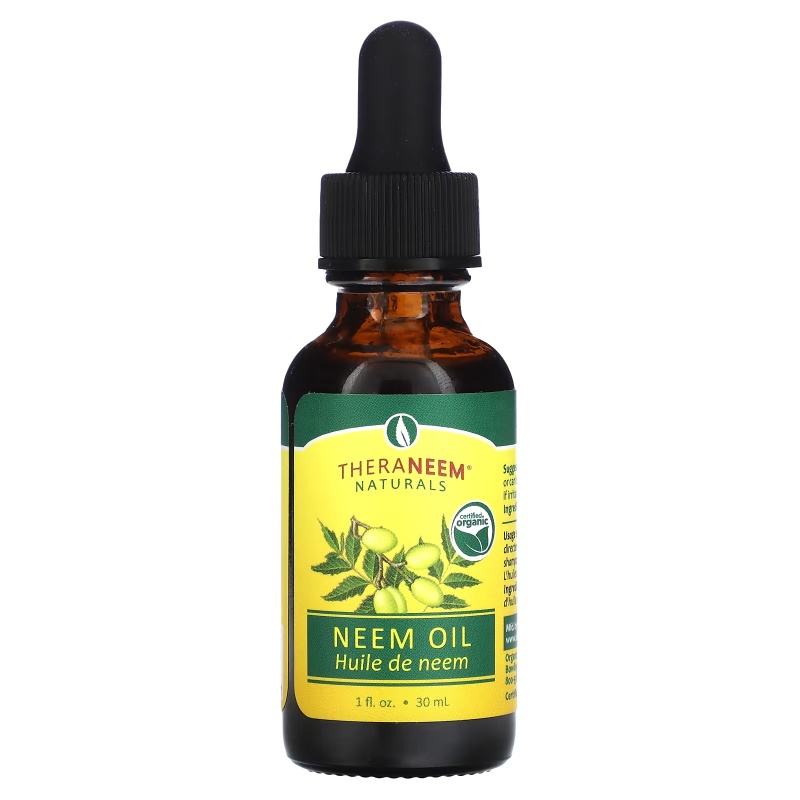

.png)
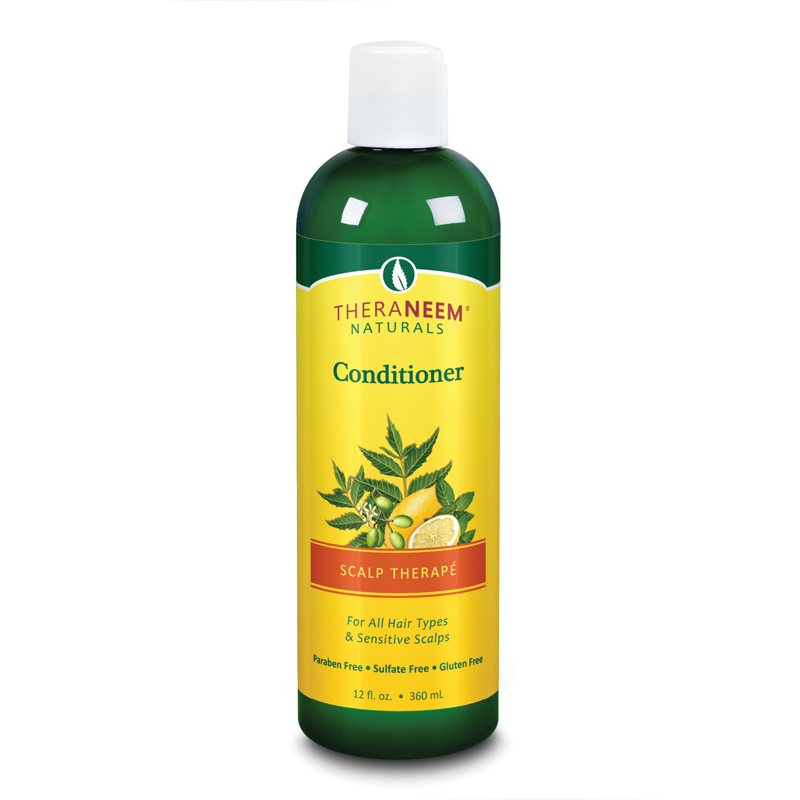
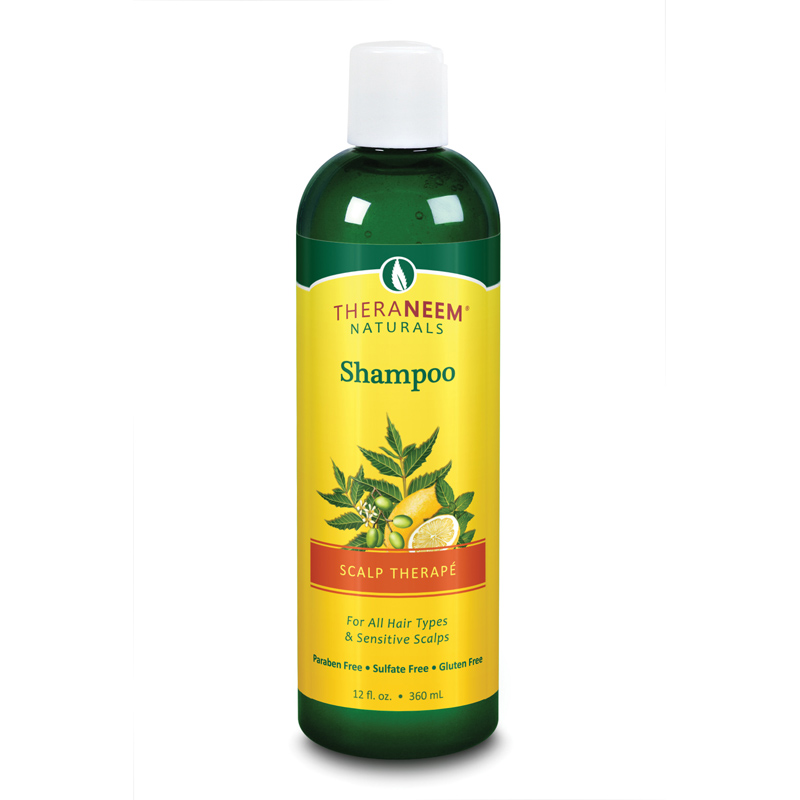
.jpg)
.jpg)
.jpg)
